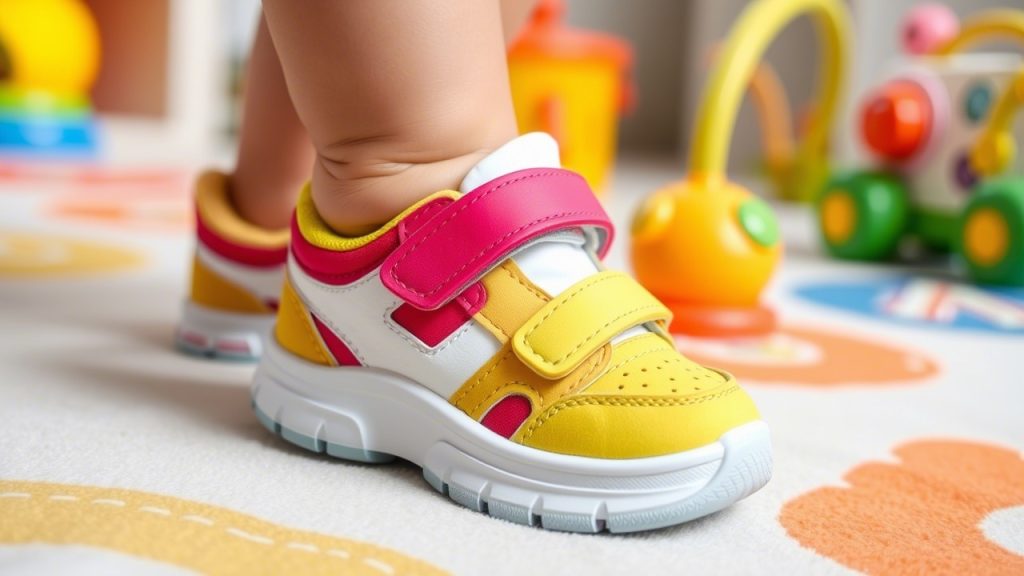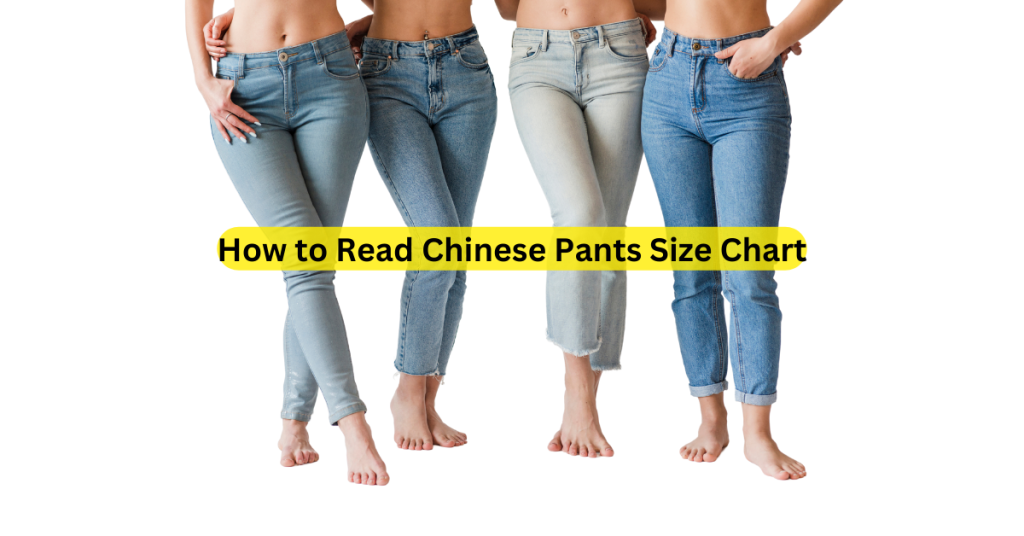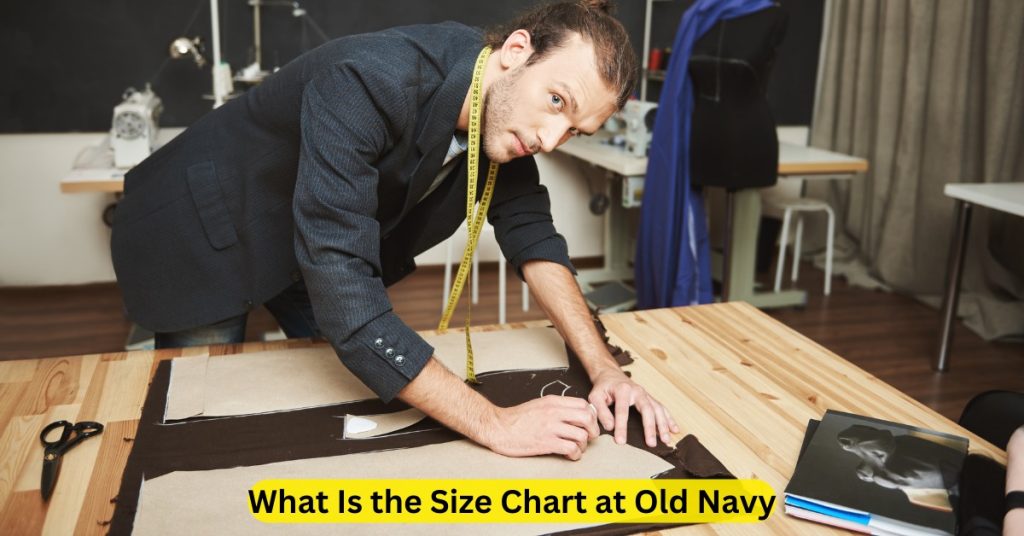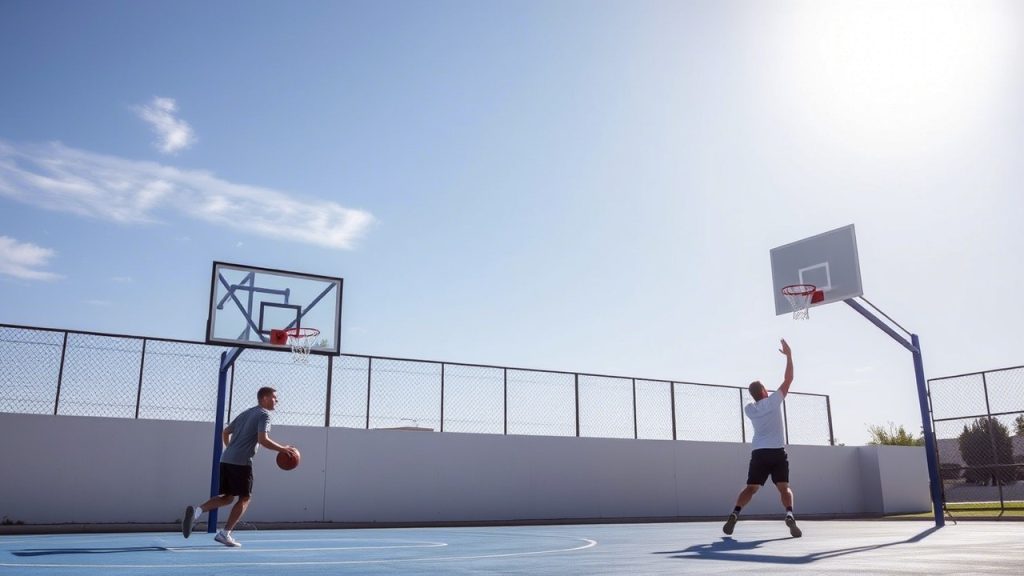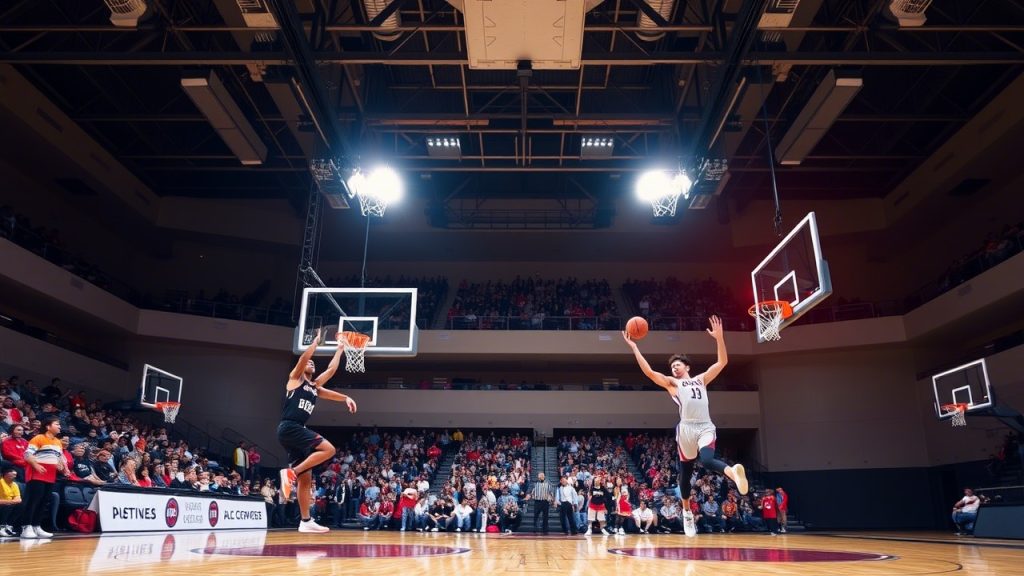Toddlers grow rapidly, and so do their tiny feet. While most kids develop healthy, strong feet naturally, some need extra support to assist with issues like flat feet, pronation, or low muscle tone. Orthotic inserts can make a significant difference in helping toddlers walk correctly and comfortably.
But for orthotics to work effectively, choosing the right shoes is crucial. We’ll cover the 16 best toddler shoes for orthotic inserts that are roomy, supportive, and built to accommodate extra insoles without compromising comfort.
Why Do Toddlers Need Shoes for Orthotic Inserts?
Orthotic inserts are custom or semi-custom foot supports designed to correct alignment, provide extra cushioning, or stabilize walking patterns. Toddlers may be prescribed orthotics for:
- Flat feet
- Overpronation
- Toe walking
- Low muscle tone
- Balance or coordination challenges
- Correcting early gait issues
However, if the shoes they wear aren’t compatible with the inserts, the orthotics won’t function properly. Shoes must offer the space, structure, and stability orthotics require to do their job.
Key Features to Look for in Toddler Shoes for Orthotic Inserts
When selecting shoes for toddlers who wear orthotic inserts, look for:
- Removable insoles to create space for orthotics
- Deep, wide toe boxes to prevent cramping
- Adjustable closures like Velcro or laces for a secure fit
- Firm heel counter for stability
- Lightweight yet supportive design
- Flexible forefoot for natural movement
- Breathable materials to maintain comfort
Now let’s explore the best options currently available for your little one’s needs.
16 Best Toddler Shoes for Orthotic Inserts
1. New Balance 888v2 Kids Sneaker
Why it’s great:
New Balance is known for producing orthopedic-friendly shoes. This sneaker offers excellent structure and comes in wide widths.
Key Features:
- Removable cushioned insole
- Durable, grippy outsole
- Lightweight EVA midsole
Best for: Everyday wear and active toddlers.
2. Stride Rite Made2Play Artin Sneaker
Why it’s great:
Designed to accommodate orthotics with ease, these shoes feature memory foam footbeds and a wide design.
Key Features:
- Removable insoles
- Easy-on closure
- Machine washable
Best for: Busy toddlers needing easy-clean shoes.
3. Saucony Jazz Hook & Loop Sneaker
Why it’s great:
A lightweight, flexible sneaker with a wide fit that allows orthotic inserts without crowding the foot.
Key Features:
- Removable cushioned insole
- Non-marking rubber outsole
- Adjustable straps
Best for: Playdates and playground adventures.
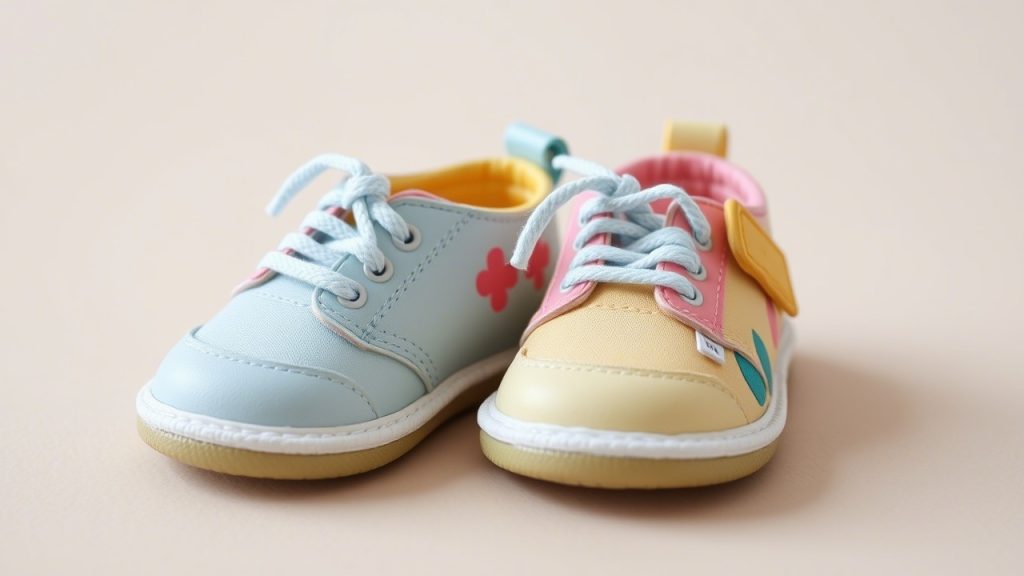
4. Tsukihoshi Racer
Why it’s great:
This brand is beloved by orthotic users for its roomy design and ultra-lightweight structure.
Key Features:
- Machine washable
- Wide toe box
- Removable antibacterial insole
Best for: Active toddlers with sensitive skin.
5. See Kai Run Stevie II First Walker
Why it’s great:
Perfect for new walkers needing extra room for orthotic devices.
Key Features:
- Flexible rubber outsole
- Wide opening
- Removable insole
Best for: First walkers needing gentle but firm support.
6. Pediped Grip ‘n’ Go Shoes
Why it’s great:
Approved by podiatrists, Pediped designs shoes with orthopedic needs in mind.
Key Features:
- Flexible soles
- Easy to insert orthotics
- APMA Seal of Acceptance
Best for: Everyday casual and school wear.
7. Memo Orthopedic Toddler Shoes
Why it’s great:
Memo is a specialty brand focused on orthopedic correction and early intervention.
Key Features:
- Rigid heel counter
- Wide opening for orthotics
- Diagnostic sole system
Best for: Toddlers requiring medical-grade support.
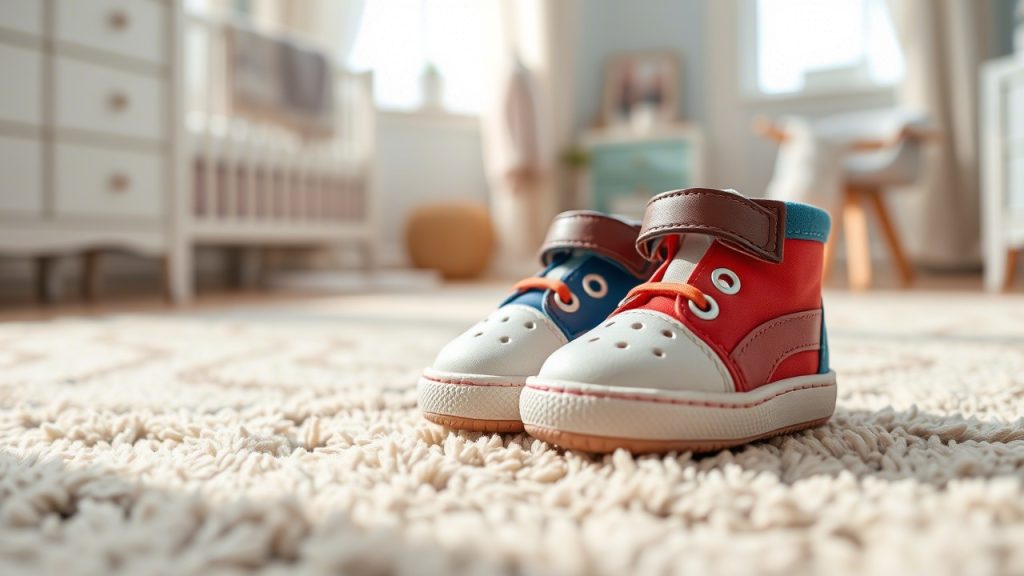
8. PLAE Ty Sneaker
Why it’s great:
Designed with customizable fit in mind, PLAE sneakers easily accommodate orthotic inserts.
Key Features:
- Removable insoles
- Extra-wide toe box
- Adjustable tabs
Best for: Energetic toddlers who need versatility.
9. Birkenstock New York Kids Sandal
Why it’s great:
Even sandals can work with orthotics, and Birkenstock offers footbed-friendly designs.
Key Features:
- Molded contoured footbed
- Adjustable straps
- Shock-absorbing EVA sole
Best for: Warm-weather orthotic wear.
10. Ikiki Adjustable High-Top Shoes
Why it’s great:
With a wide adjustable fit, these playful shoes make room for orthotic devices.
Key Features:
- Removable insoles
- Wide, high-top design
- Fun squeaky feature (can be turned off)
Best for: Toddlers needing ankle support.
11. Asics Contend 8 PS
Why it’s great:
A running-inspired shoe with enough room and structure for orthotic inserts.
Key Features:
- Removable sock liner
- Durable rubber sole
- Reinforced stitching
Best for: Active toddlers and outdoor play.
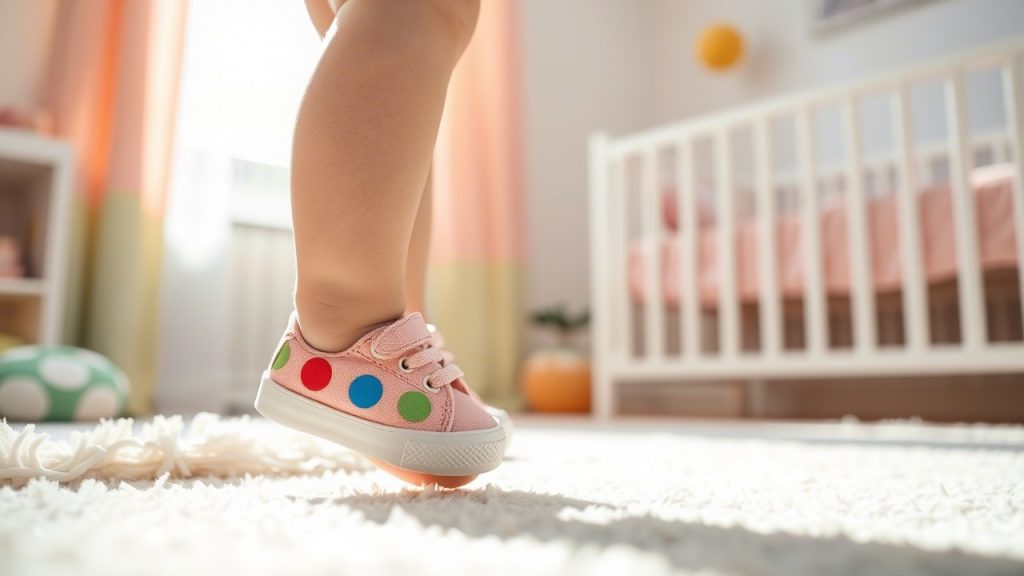
12. Geox Balu Sneaker
Why it’s great:
Italian brand Geox offers breathable, orthopedic-supportive footwear.
Key Features:
- Removable breathable insoles
- Antibacterial properties
- Secure fit closures
Best for: Everyday comfortable wear.
13. Nike Flex Runner 2 Toddler Shoes
Why it’s great:
For sporty little ones, the Nike Flex Runner offers enough stretch and room for slim orthotics.
Key Features:
- Pull-on design
- Flexible rubber sole
- Breathable mesh upper
Best for: Sporty, fast-moving toddlers.
14. Keen Chandler CNX Sneaker
Why it’s great:
Durable yet lightweight, Keen’s shoes are perfect for active toddlers needing orthotic space.
Key Features:
- Removable EVA footbed
- Wide, protective toe box
- Water-resistant materials
Best for: Outdoor adventures and hiking.
15. Adidas Fortarun Running Shoes
Why it’s great:
These shoes provide flexibility, cushioning, and enough space for thin orthotics.
Key Features:
- Lightweight EVA midsole
- Cloudfoam cushioning
- Breathable mesh
Best for: All-day comfort and running.
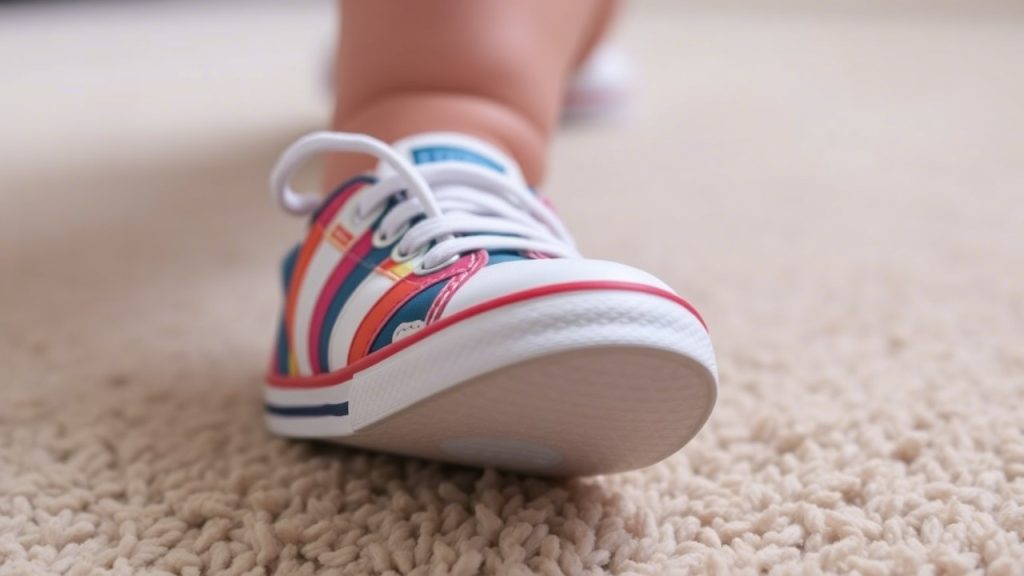
16. Umi Children’s Shoes
Why it’s great:
Though lesser-known, Umi offers high-quality shoes with removable inserts and generous fit for orthotic needs.
Key Features:
- Durable construction
- Soft leather uppers
- Flexible soles
Best for: Formal events and casual daily wear.
Tips for Getting the Best Fit with Orthotic Inserts
Finding the right shoe is only half the equation. To ensure the best fit:
- Always bring orthotics when trying on shoes
- Size up if needed to avoid crowding
- Test the fit by checking toe wiggle room
- Walk around to ensure there’s no heel slipping
- Double-check that orthotics sit flat without moving inside the shoe
A proper fit ensures your toddler gets maximum benefit from both the shoes and the orthotics.
9 Frequently Asked Questions
1. What are the signs my toddler might need orthotic-friendly shoes?
If your child shows signs of frequent tripping, abnormal walking patterns, flat feet, or foot pain, your pediatrician or podiatrist may recommend orthotics.
2. Can any shoe be used with orthotic inserts?
No. Shoes must have a removable insole and enough depth and width to accommodate the orthotic without crowding the foot.
3. How much bigger should shoes be for orthotics?
Generally, you should size up about half a size to accommodate orthotics comfortably, but it depends on the thickness of the insert.
4. Are orthopedic toddler shoes necessary even if no orthotics are prescribed?
Some toddlers benefit from orthopedic-friendly shoes for extra stability even if they don’t wear orthotics. Always consult a doctor for advice.
5. Can sandals be worn with orthotics?
Yes, but choose sandals like Birkenstock or designs with a deep footbed and adjustable straps for a secure fit.
6. How often should I replace toddler shoes with orthotic inserts?
Since toddlers grow fast, expect to replace shoes every 3–4 months or sooner if the shoes become too tight.
7. Should orthotics be worn all day?
Follow your pediatrician’s guidance. Some recommend gradual wear at first, building up to full-day use.
8. Are custom orthotics better than store-bought ones?
Custom orthotics are designed specifically for your child’s needs and usually offer better support than over-the-counter options.
9. Can orthotic inserts fix flat feet permanently?
Orthotics don’t “fix” flat feet but provide support and alignment that can prevent discomfort and improve walking patterns as the child grows.
Conclusion
Choosing the right shoes for toddlers who need orthotic inserts is a crucial step toward ensuring healthy, comfortable walking. The 16 best toddler shoes for orthotic inserts listed here are designed to offer the space, support, and flexibility needed to allow orthotics to function properly. By pairing high-quality shoes with professional guidance, you’re helping your little one build strong foundations for a lifetime of mobility.
Ready to support your toddler’s steps? Finding the perfect shoe is the first move toward a brighter, more confident journey.

